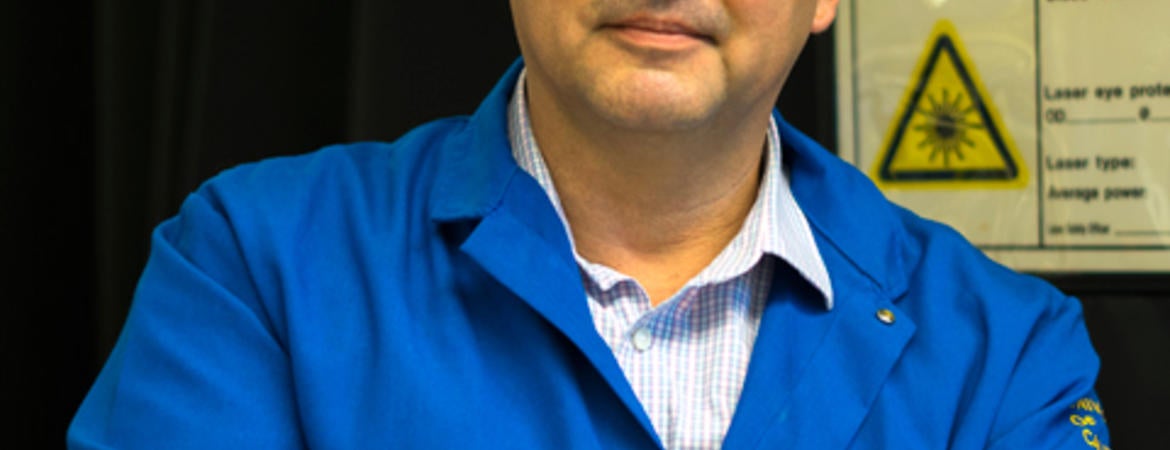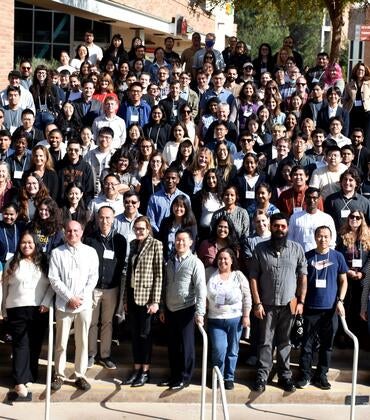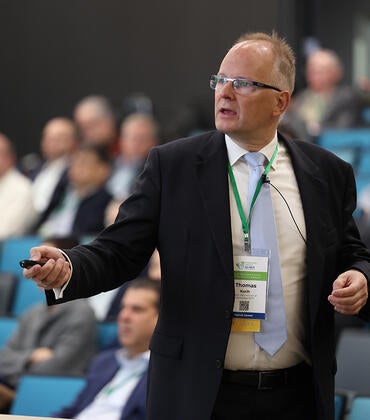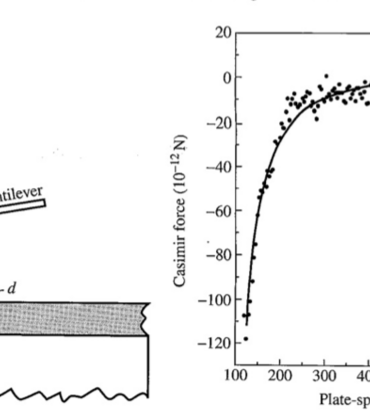Distinguished professor of electrical and computer engineering Alexander A. Balandin and assistant professor of mechanical engineering Richard Wilson are part of a new U.S. Department of Energy Frontier Research Center, or EFRC, that aims to create a more resilient and sustainable electricity grid by using next-generation materials.
The center is led by Arizona State University, and includes research teams at UC Riverside, Cornell University, Michigan State University, Sandia National Laboratories, Stanford University, and University of Bristol. The four-year, $12.4 million award from the DOE’s Office of Basic Energy Sciences, establishes an Energy Frontier Research Center headquartered at ASU called Ultra Materials for a Resilient, Smart Electricity Grid, or Ultra EFRC.
The center’s research focus is the electrical and thermal performance of wide-band gap semiconductors such as aluminum nitride, boron nitride and diamond. These materials have extraordinary electrical and thermal properties. In principle, these properties should allow electronic devices to operate at higher temperatures, voltages and frequencies. Balandin co-
leads the Ultra Center’s thrust on Thermal Energy Transport and Interfaces.The members of Balandin’s Phonon Optimized Engineered Materials Center will contribute to the Ultra EFRC’s research efforts by investigating acoustic phonons and thermal conduction in wide-band gap materials, heterostructures and high-power electronic devices. Acoustic phonons are the main heat carriers in wide-band gap semiconductors. Better understanding and control of acoustic phonon transport across interfaces are expected to help in improving the thermal management of devices operating at higher temperatures, voltages and frequencies.
Wilson’s group will focus on understanding specifics of thermal transport in wide-band gap material systems. The temperature rise in high power electronic devices is a significant design constraint. Wilson’s group will study how interfaces between materials increase thermal resistance and limit device performance.




